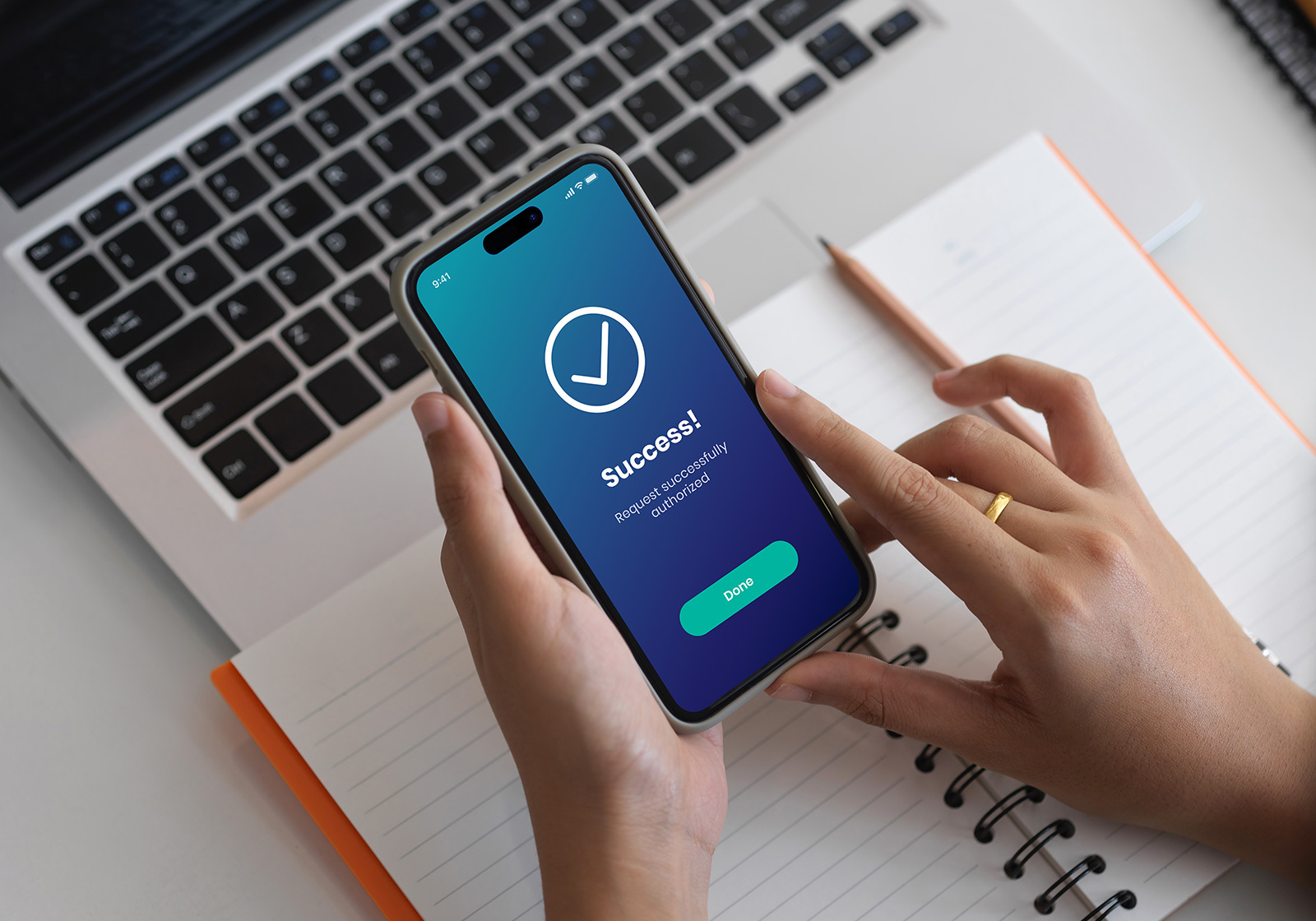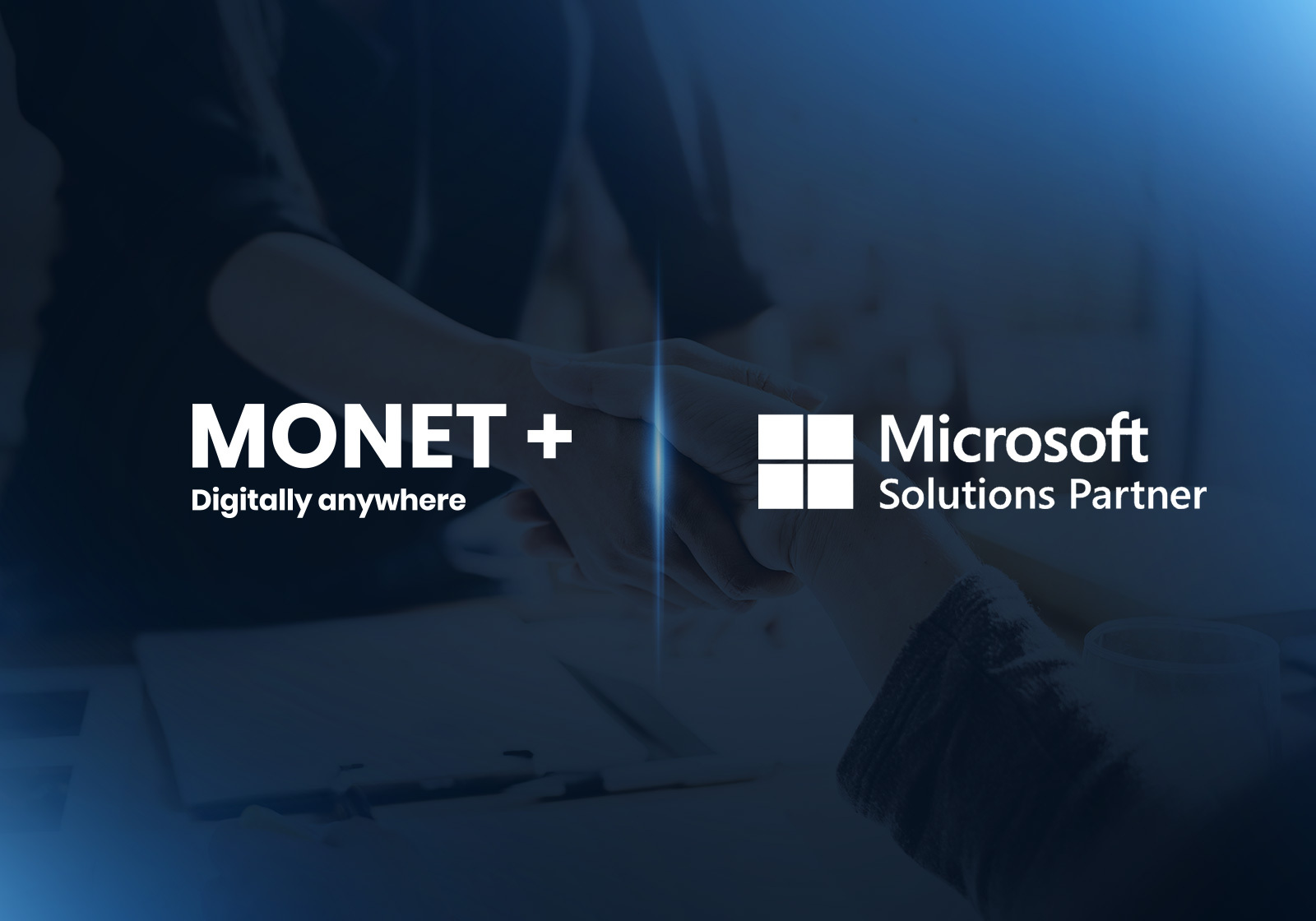Regardless of industry, the shift into the virtual realm has become a dominant theme. But where there is progress, there is also risk. In today’s fast-evolving digital landscape, organizations face a growing number of cyberattacks that threaten critical systems, sensitive data, and overall operational continuity.
The Weakest Link in Cybersecurity? The Employee.
It is an unfortunate truth that a significant portion of security breaches stem from the compromise or theft of employees’ login credentials. Attackers often gain access to an organization’s systems through user or admin accounts, making them the most vulnerable entry points.
The most common methods for compromising user accounts include:
- Weak or easily guessable passwords
- Reusing the same password across multiple platforms, including personal ones
- Logging in via unsecured public Wi-Fi networks (risk of credential interception)
- Accidental credential disclosure (phishing emails, social engineering, phone scams)
- Deliberate handover of credentials (bribery, internal sabotage)
Regardless of the method, the outcome is often the same: attackers breach the organization’s internal perimeter, leading to data theft, surveillance, or encryption for ransom.
The Problem with Strong (a.k.a. Scary) Password Policies
Organizations aware of these risks often respond by implementing stricter password policies—typically requiring strong passwords. While this may seem like the logical step, it is often the least effective from the user’s perspective.
Employees are forced to create, memorize, and regularly change complex passwords across multiple systems. This inevitably leads to insecure workarounds: writing passwords on sticky notes, storing them in unprotected files, or using predictable variations of the same password. In the end, the risk remains nearly the same as with weak passwords.
Strong password policies tend to backfire, pushing users toward risky behavior and undermining the intended security.
The Smarter Path: Multifactor Authentication (MFA)
There is a well-established and far more secure solution: replacing passwords with multifactor authentication (MFA). MFA secures all typical user actions—logging into corporate systems, accessing workstations, admin consoles, signing documents, making internal micro-payments, or even controlling office equipment.
Multifactor authentication requires at least two independent forms of identity verification before granting access. Most often, this includes a hardware token (e.g., a smart card) combined with a PIN or an authorization app linked to the organization’s internal systems. The same MFA mechanism is used consistently across all work scenarios, eliminating reliance on weak passwords.
Previously, MFA was primarily implemented by simply replacing passwords with PINs or confirming access via SMS codes. However, in recent years, passwordless login using mobile devices has gained traction.
In this approach, a smartphone equipped with an app like ProID serves as the secure hardware element. All authentication steps occur locally on the device, with no unencrypted data transmitted externally—eliminating the risk of interception. Passwordless authentication is both highly secure and extremely user-friendly.
One Tool to Secure the Entire Workday
An organization’s top priority should be to secure the employee’s entire daily workflow using a single authentication tool. This is the only way to effectively protect corporate assets while ensuring user compliance.
“Daily routine” includes all common work scenarios—logging into a computer, accessing company email, data systems, document management, or ERP platforms. Outside the office, it may include remote VPN access, unlocking office doors, calling the elevator, or making payments in the company café. All of these actions can—and should—be handled through a single, secure authentication solution.


